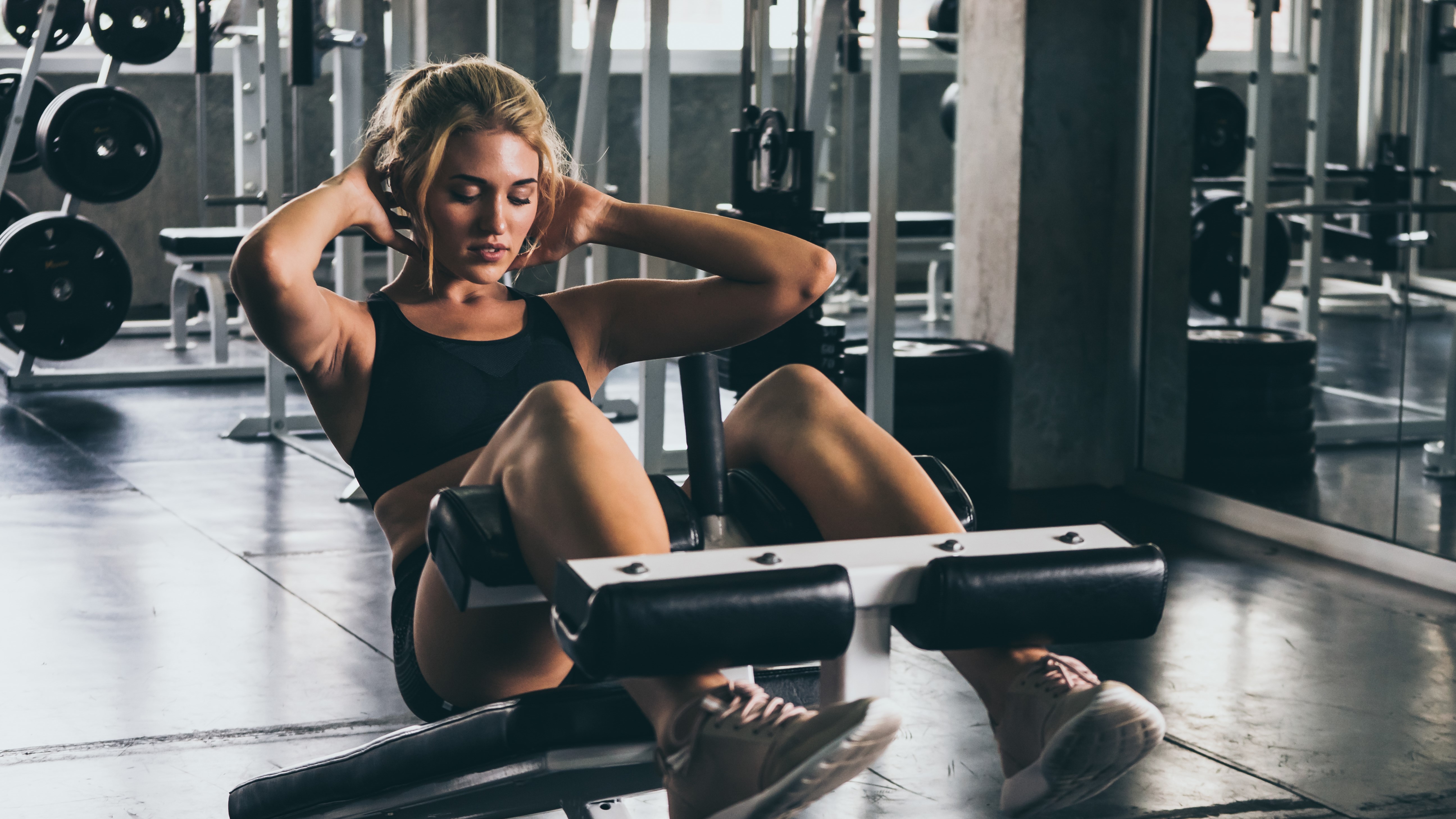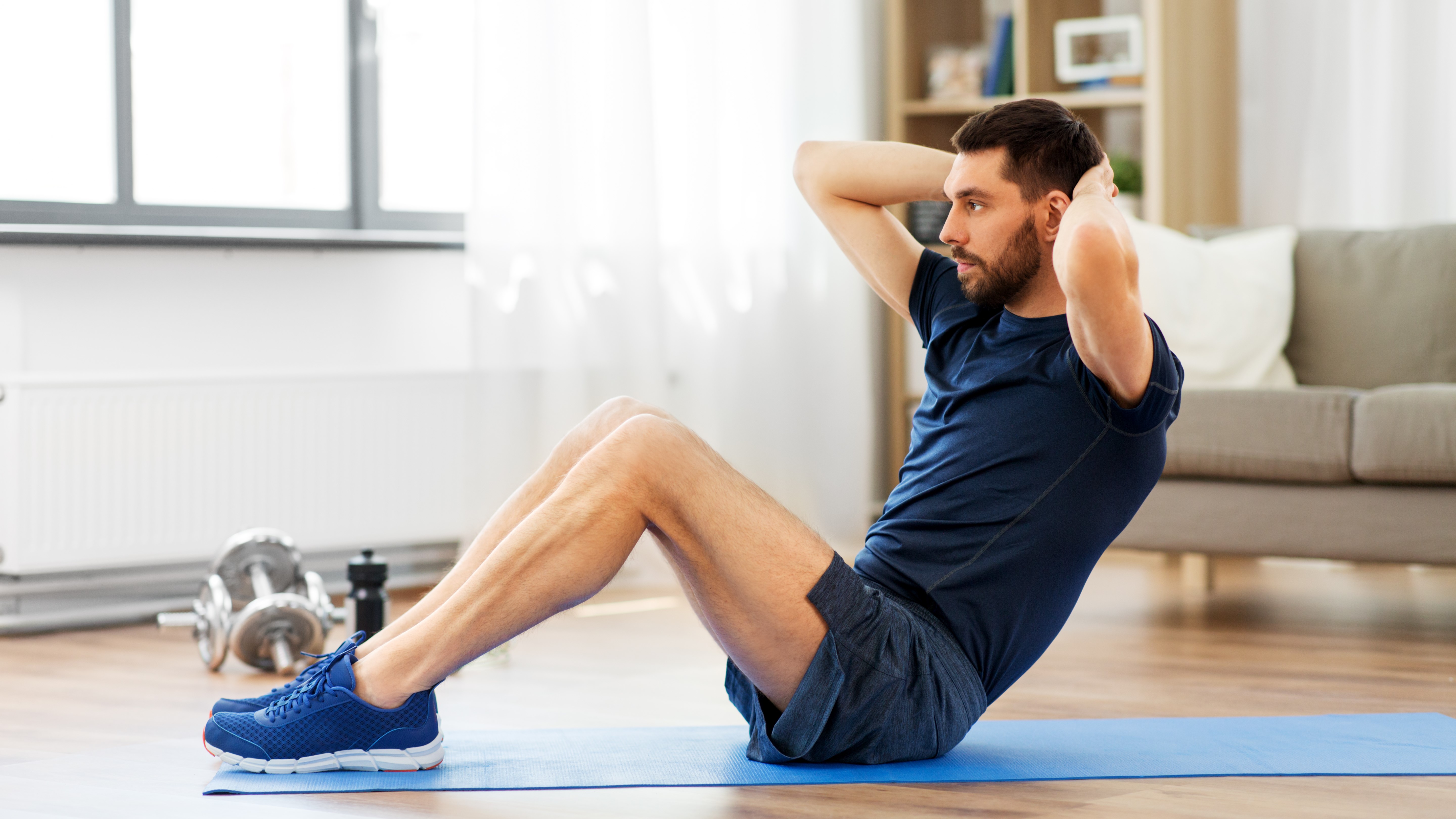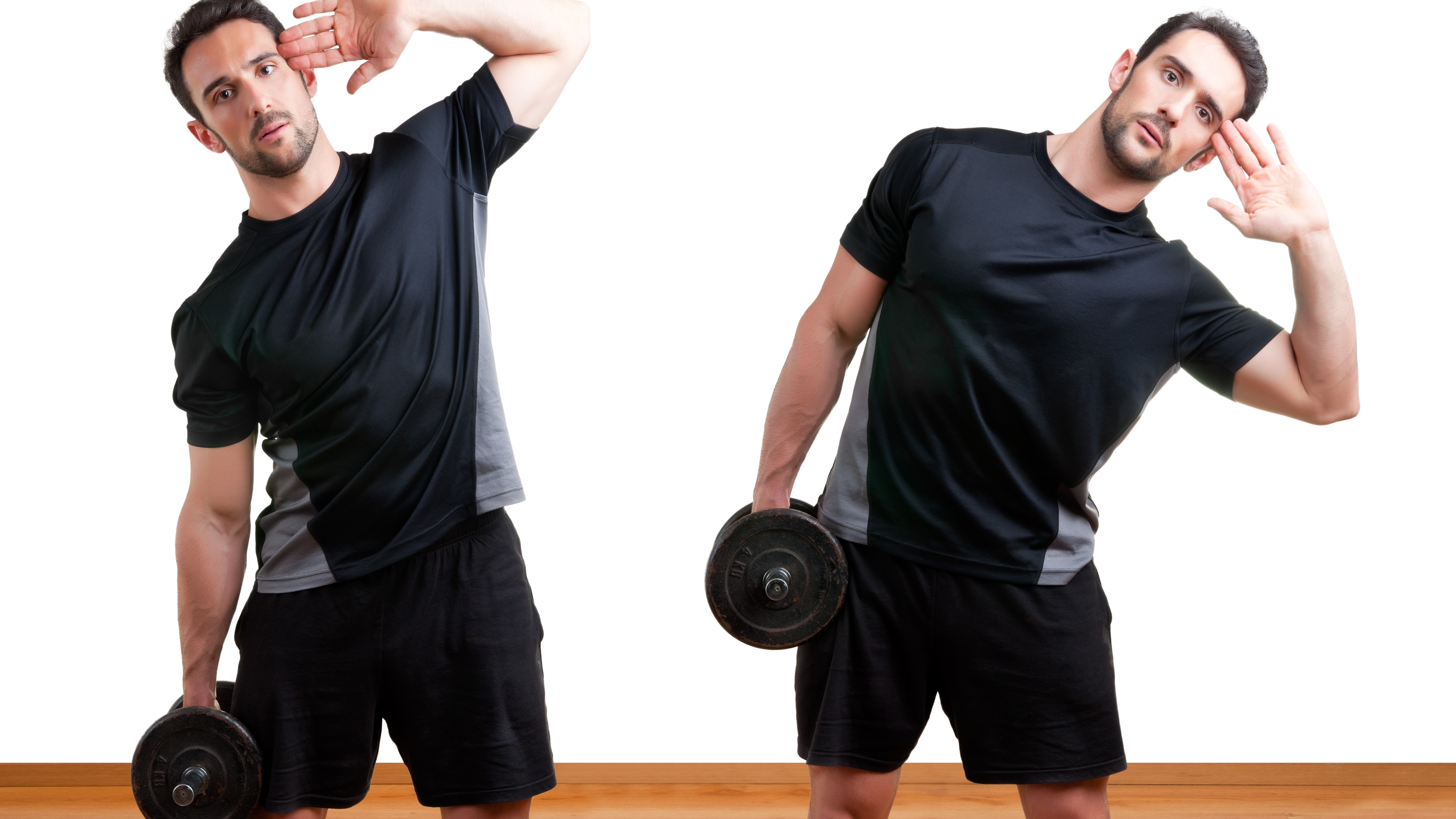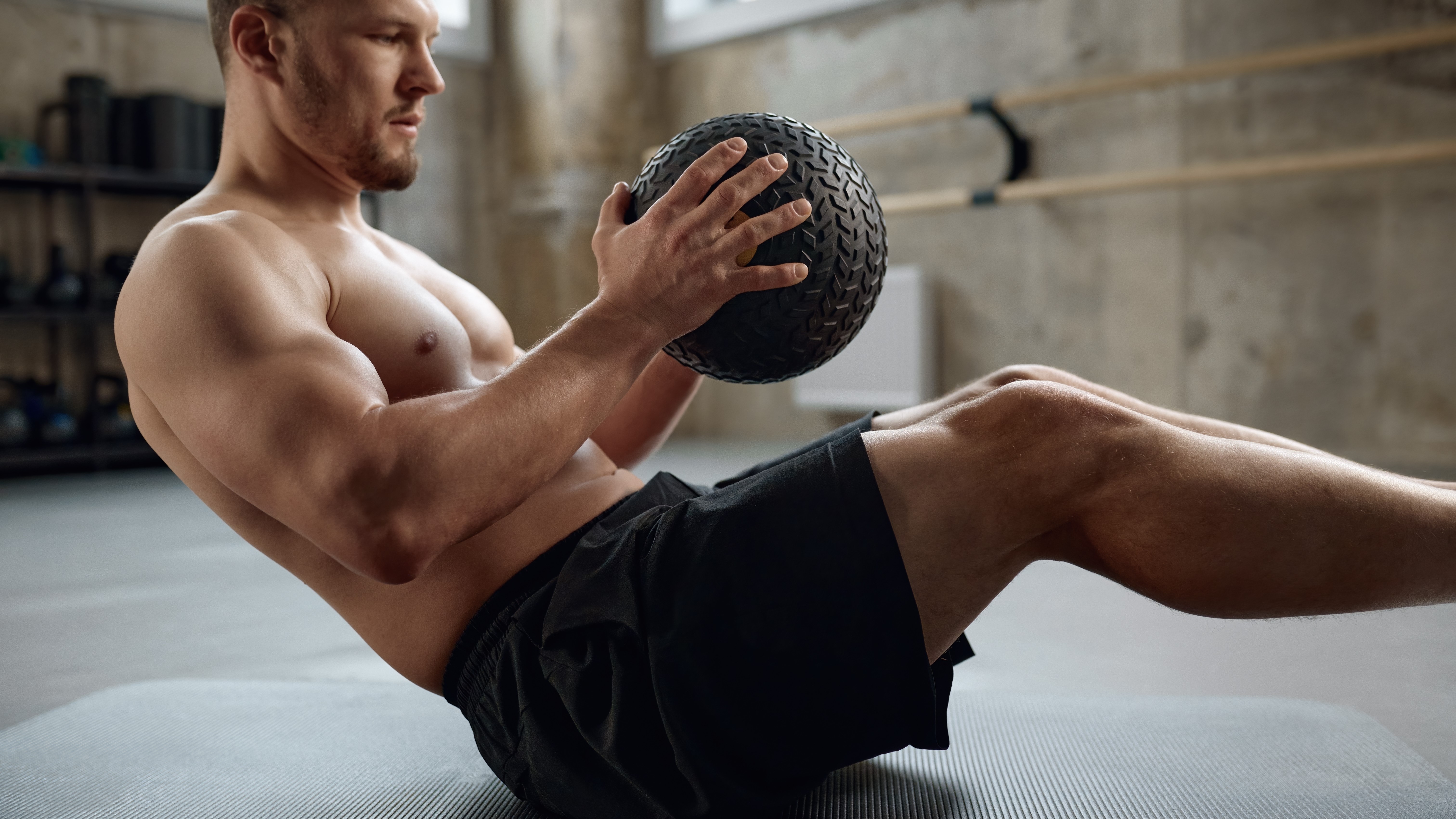
If you’re looking to build a concrete core, there are some ab exercises that really aren’t worth including in your workouts. We’ve said it before and we’ll say it again — if building visible abs is your goal, you’ll need to focus on your overall body fat percentage.
Instead of focusing on endless ab workouts, you should switch up your approach and focus on your diet, and full-body strength workouts that target all muscle groups. Here’s a 5-move compound exercise routine that torches your whole core.
That said, when it comes to the best exercises to include in your ab workouts, there are some that really won’t be working your core as hard as others. Rather than risking injury doing endless crunches and sit-ups in the gym, these are the exercises to avoid in your ab workouts, and the ones you should be doing instead. When combined with a nutritious diet, these are the ab exercises that make it easiest to achieve the six-pack of your dreams.
5 exercises to avoid in your ab workouts, and what to do instead
Crunch

Why you should avoid: If you have tight hip flexors, crunches aren’t the ab exercise to do. If you’re someone who spends a lot of time sitting down behind a desk, hunched over a laptop, chances are you already have tight hips, so doing exercises like crunches will only make things worse. Tight hips can result in pain around the groin area, lower back, or hamstrings. Plus, according to a study published in the American Council on Exercise, traditional crunches are one of the least effective abdominal exercises you can do. When you crunch, you’re only targeting a very small section of the abdominal wall, plus you’re putting a lot of stress on your neck and spine while doing so.
What to do instead: Instead, swap your crunches for dead bugs, bicycle crunches, or planks. That said, if you’re a huge fan of the crunch, do them on an exercise ball for a far more efficient workout.
Sit-ups

Why you should avoid: Again, for anyone who spends a lot of time sitting down behind a desk, sit-ups aren’t all that effective, plus they can be hard on your back. Unless you’re doing the move with absolutely perfect form, a sit-up can put a lot of strain on your lower back, especially if you have tight hips. Remember doing sit-ups at school with someone sitting on your feet? Hinging your torso quickly back and forth isn’t doing much for your abs, and you’re more likely to cause pain or injury.
What to do instead: Like crunches, if you want to do sit-ups, try doing them on a Swiss ball. Instead, swap your sit-ups for planks, that target the muscles along the front and side of your mid-section.
Incline sit-ups

Why you should avoid: You’ve probably seen people doing incline sit-ups in the gym, with their feet secured in the footrest and one of the best adjustable dumbbells in their hands. The goal of the incline sit-up is to increase the load on your core as you perform the sit-up, however, if you don’t get your form right, or you don’t have the core strength to perform the sit-up on the bench, you’re at risk of putting your lower back at risk of injury. If you have strong core muscles and can keep your pelvis neutral doing the move, you’re probably fine, but if you find yourself leaning backward, you’re risking injury.
What to do instead: Instead of incline sit-ups, if you’re looking to work on your core strength, add dead bugs, hollow body holds and a farmer’s walk to your ab workout.
Side bends

Why you should avoid: This is another dumbbell ab exercise you’ve probably seen people doing in the gym, holding a dumbbell in one hand and crunching to the side. Unfortunately, this is another ab exercise that isn’t all that great for your back. The move is designed to target your oblique muscles, which run along the side of the body, but there are more effective ways of working your internal and external obliques. The side bend puts your spine in a compromised position, making it difficult to isolate the obliques, plus it’s easy to use momentum to jerk the body from side to side.
What to do instead: Instead of side bends, add side planks to your routine, which are far more effective when it comes to working your oblique muscles. You can even add weight to the move by holding a dumbbell or one of the best ankle weights in your upper arm, or around your upper leg. It’s easier to build core strength and stability using the side plank.
Russian twists

Why you should avoid: The Russian twist is another exercise designed to work the oblique muscles, but often the risks associated with doing the move incorrectly outweigh any benefits you might get from the exercise. If you’re new to the move, don’t lift your legs off the ground to a V-sit position, and don’t hold one of the best adjustable dumbbells or best kettlebells in your hands, as this puts the most strain on your lower back. Staying in a half-sit-up position requires the hip flexors and abdominal muscles to contract, paired with the fact your back isn’t supported by the floor means it’s under a lot of pressure.
What to do instead: Instead, opt for bicycle crunches instead, or medicine ball throws, which build explosive rotational power, without the same stress on your lower back.






